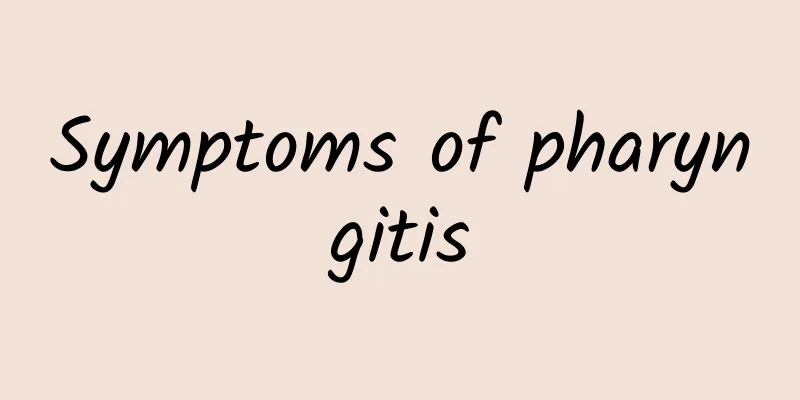What is herpes virus? Treatment of herpes virus

|
The more common herpes viruses are the herpes simplex virus and the varicella-zoster virus that cause harmful lesions. The target cells of herpes virus infection are lymphoid cells, and it can also cause lymphoproliferation. So what is the herpes virus? How is the herpes virus treated? Herpes virus Herpes viruses primarily invade tissues of ectodermal origin, including skin, mucous membranes, and neural tissue. The infection sites and diseases caused are diverse, and there is a tendency for latent infection, posing a serious threat to human health. 1. Herpes simplex virus type 1 (human herpesvirus type 1). 2. Herpes simplex virus type 2 (human herpesvirus type 2). 3. Varicella-zoster virus (human herpesvirus type 3). 4. Epstein-Barr virus (human herpesvirus type 4). 5. Cytomegalovirus (human herpesvirus type 5). 6. Human herpesvirus type 6. 7. Human herpesvirus type 7. 8. Human herpesvirus type 8. Common manifestations of infection are: ganglion glands, renal lymphoid tissue, lymphoid tissue fever herpes; lip, eye, brain infection; genital herpes chickenpox; herpes zoster mononucleosis, eye, kidney, brain and congenital infection infectious mononucleosis, Burkitt's lymphoma, nasopharyngeal carcinoma, infantile exanthema and some other diseases such as unknown abdominal pain. feature It is widely present in nature, causing infections in humans and many animals, mainly invading tissues developed from the ectoderm, such as skin, mucous membranes and nervous tissue. The word Herpes comes from Greek, meaning crawling like a snake. Herpes virus (HSV) refers to the herpes zoster virus. The herpes viruses in reptiles, fish, frogs and humans are similar in morphology, but their antigenicity, the G+C content in the genomic DNA and the sequence of the viral DNA are all different. The virus particle consists of 162 porous particles arranged in an icosahedral capsid, with a lipid envelope of more than 20 polypeptides on the outside. The viral genome is a linear double-stranded DNA molecule, 140,000 bp long. Herpes virus treatment The disease is self-limiting and will heal itself in about 1-2 weeks. The goal of treatment is to prevent the next recurrence. There is currently no specific medicine for this disease. The treatment principles are to shorten the course of the disease, prevent secondary infection, and reduce recurrence. Systemic treatment Treatment principles First, it can prevent the infected HSV from being activated or even eliminate the virus; second, it can regulate immunity and prevent recurrence. Acyclovir can be taken intravenously or orally, Livzonvir can be taken orally, interferon can be injected intramuscularly, and interleukin II can be injected intramuscularly. l. Acyclovir (ACV): It is currently recognized as the drug of choice. The method of use should be tailored to the different situations of GH. (1) Initial GH: Oral administration of ACV 200 mg, 5 times a day for 7 consecutive days; or intravenous drip of ACV 5 ml, 3 times a day for 5 to 7 consecutive days. (2) Recurrent GH: Take ACV 200 mg orally, 5 times a day; or lie down at 800 m twice a day for 5 consecutive days. If treatment is started at the onset of symptoms, some patients may not experience typical symptoms. When relapses are frequent, ACV 200 mg can be taken orally, 3 times a day, for 6 to 12 months. (3) Immunosuppressed patients: For HIV-infected patients, GH should be taken orally at a dose of 400 mg 3 to 5 times a day. If the condition is serious, 400 mg/kg each time, intravenous drip, every 8hl, until recovery. (4) Herpetic prurigo: Take ACV 200 mg orally, 5 times a day, for 7 to 10 days. (5) HSV proctitis: Oral administration of ACV 400 mg, 5 times a day, can shorten the course of the disease. Patients with impaired immunity or severe illness can receive intravenous drip of ACV 5 mg/(kg·8h). (6) Neonatal HSV: intravenous drip of ACV 30 mg/(kg·d) or adenine 30 mg/(kg·d) is usually used for 10-14 days. |
<<: What is pelvic effusion and how to treat it
>>: What are the symptoms of seborrheic dermatitis and how to treat it?
Recommend
Is it good to eat Tianma for headache?
Gastrodia elata is a relatively common Chinese me...
Benefits of Cordyceps Flower Scallop Corn Soup
The effects of Cordyceps flower and Cordyceps are...
How to treat tinea versicolor
When we talk about skin diseases, the first thing...
What are the symptoms of vitamin C deficiency
Everyone knows that vitamins are an indispensable...
How to eat black beans to promote ovulation
Black beans can promote the secretion of progeste...
What are the effects of Actinolite?
Chinese medicinal materials such as actinolite ha...
What is the reason for positive rubella virus antibody igm
Nowadays, whether to have a boy or a girl is no l...
What are the symptoms on the face if the lungs are not good?
The weather in autumn is relatively dry. From the...
What to eat to get better from a cold faster
Sometimes, if you don’t pay attention to weather ...
Bite pepper for toothache
I believe many people have experienced the feelin...
The most effective Chinese herbal formula for breast enhancement
For women, they all hope that their breasts are f...
Why do I get a headache when I lie down?
If you get a headache as soon as you lie down, yo...
How to quickly treat pale lips
Lip color has always been a representation of a p...
Can drinking more water help gallstones be expelled?
Gallstones are a relatively common stone disease....
What causes bleeding during intercourse?
Bleeding during intercourse can also be called so...









